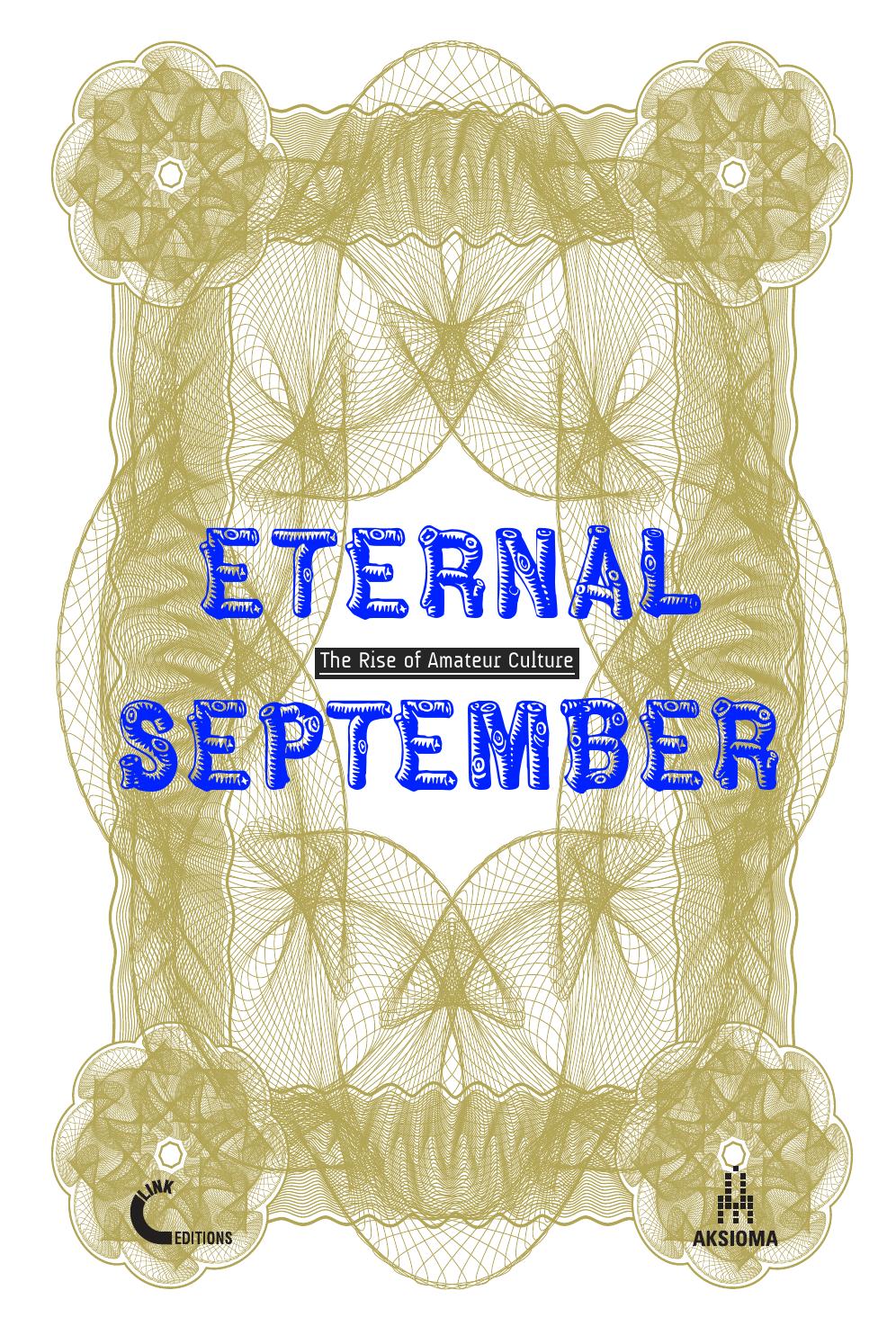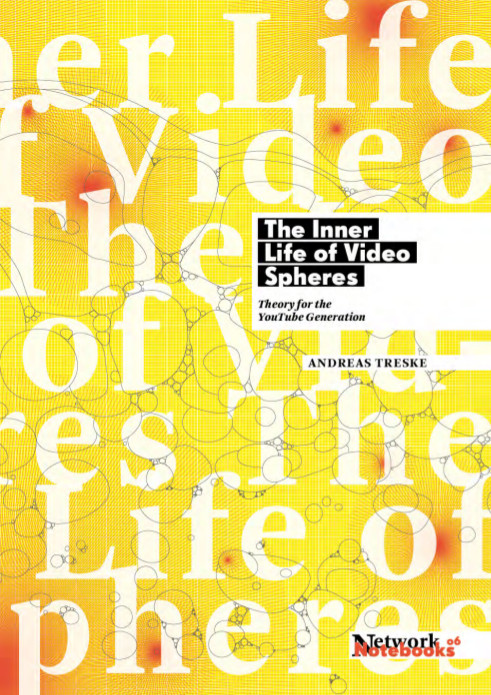after.video Assemblages (2016)
Filed under book, video book | Tags: · online video, surveillance, theory, video

“This is an edited collection of assembled and annotated video essays living in two instantiations: an online version – located on the web at http://after.video/assemblages, and an offline version – stored on a server inside a VHS (Video Home System) case. This is both a digital and analog object: manifested, in a scholarly gesture, as a ‘video book’.
We hope that different tribes — from DIY hackercamps and medialabs, to unsatisfied academic visionaries, avantgarde-mesh-videographers and independent media collectives, even iTV and home-cinema addicted sofasurfers — will cherish this contribution to an ever more fragmented, ever more colorful spectrum of video-culture, consumption and appropriation…”
Contributions by Clare Birchall + Gary Hall + Peter Woodbridge, Karin + Shane Denson, Serhat Köksal, Rózsa Zita Farkas, Deborah Ligotrio, Lucia Egaña Rojas, Eric Kiuitenberg, Adnan Hadzi, and Andreas Treske.
Edited by Oliver Lerone Schultz, Adnan Hadzi, Pablo de Soto, and Laila Shereen Sakr (VJ Um Amel)
Publisher Open Humanities Press, and Mute, London
MIT & GPL3 License
ISBN 9781906496234
49 pages
Eternal September. The Rise of Amateur Culture (2014)
Filed under catalogue | Tags: · amateur culture, art, copyright, memes, online video, visual culture, web

Curated by Valentina Tanni, Eternal September. The Rise of Amateur Culture is a group exhibition that explores the relationship between professional art making and the amateur cultural movements through the web.
This catalogue features a curatorial text by Valentina Tanni, together with an interview with artist Matthias Fritsch, the man beyond the Teknoviking meme, an essay by artist group Smetnjak on practicing critical theory in the form of internet memes, visual documentation of Tanni’s ongoing curatorial project The Great Wall of Memes, and a section dedicated to the works of 15 exhibited authors.
Publisher Link Editions, Brescia, with Aksioma, Ljubljana, September 2014
Creative Commons BY-NC-SA 4.0 International License
ISBN 9781291980608
82 pages
Andreas Treske: The Inner Life of Video Spheres. Theory for the YouTube Generation (2013)
Filed under book | Tags: · online video, social media, video, youtube

Video is everywhere, like a space in which we move, an ocean we can dive into. But video is no longer the video we once knew. To address this techno-social shift, Andreas Treske sketches the outlines for a philosophical and practical understanding of online video, offering up a theory for the YouTube generation.
Video is examined up close and as a societal phenomenon. The images of a video constantly refer to other images, to the user and to the world outside. There is a ‘thickening of the image’. Videos also exist in relation to each other. On YouTube each video is accompanied by dozens of suggestions commercials and comments. Or consider TED-talks: every presentation refers to many others, all connected in a network and easily changing from one hype to the next.
Useful for comprehending this relational context is the philosophy of Peter Sloterdijk, who describes human society in terms of ‘spheres’. Online video can be understood as similar to bubble stuck to other bubbles, coming together to from foam within the connected sphere of the human environment.
Most prominent effects so far is video as a means of protest in the squares of the world, where revolution is filmed an uploaded in real time. Video isn’t a defined movie-object watched individually, but a movement of millions of video simultaneously, causing a cascade of reaction throughout the world.
Publisher Institute of Network Cultures, Amsterdam, February 2013
Network Notebooks 06
Creative Commons Attribution-NonCommercial-NoDerivs 3.0 Unported License
ISBN 9789081857536
56 pages

